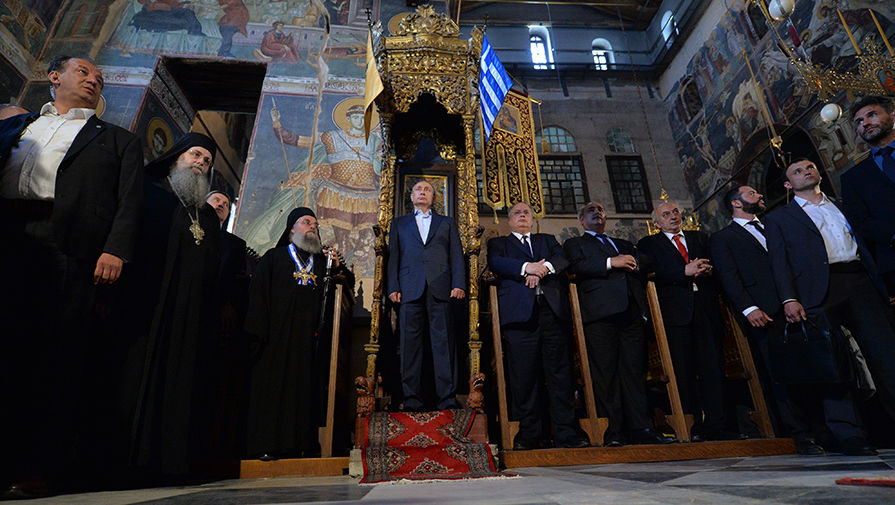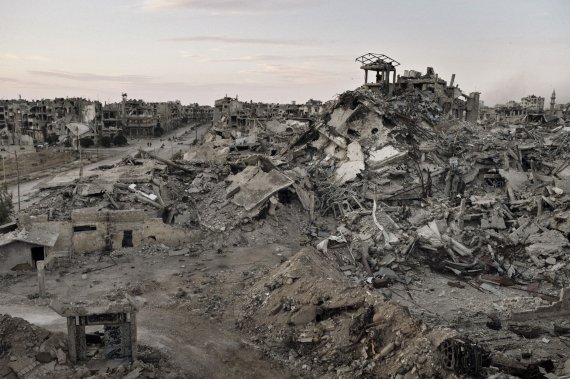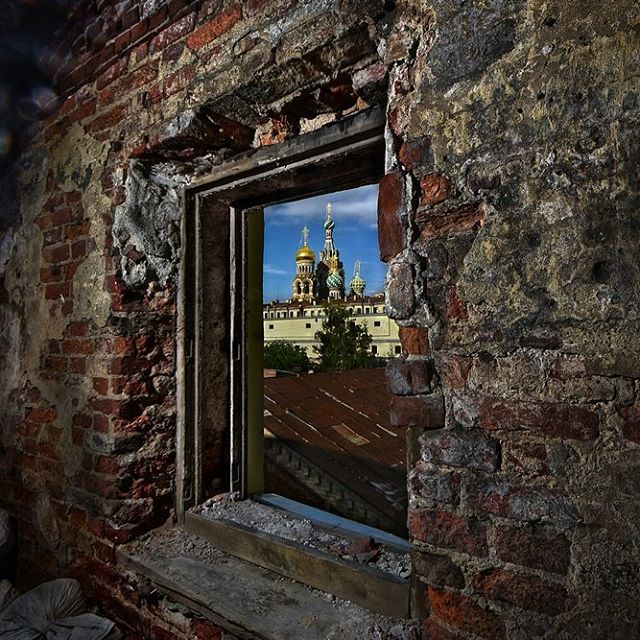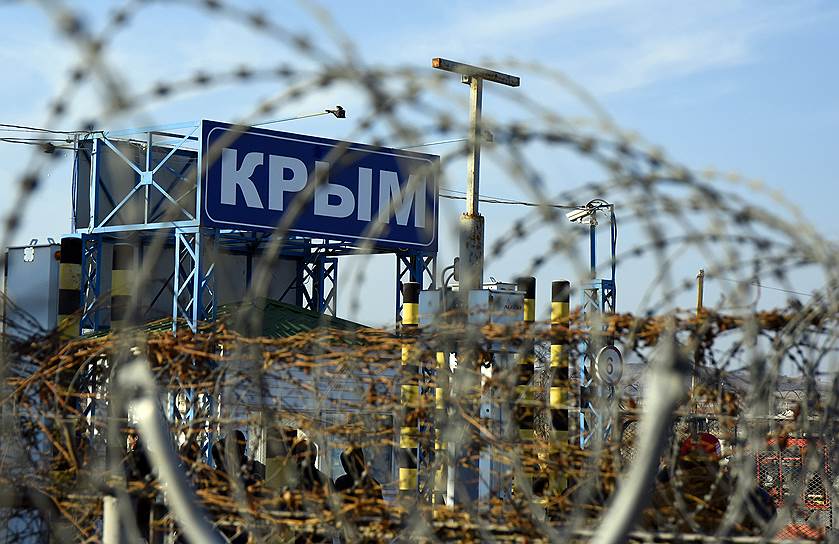Russia under Vladimir Putin resembles an oriental despotism in that all property belongs to the ruler and all people are dependent on him, Igor Eidman says. As a result, it is no surprise that the country’s social pyramid corresponds to that reality from top to bottom.
In the original oriental despotisms, the Russian commentator for Deutsche Welle
says, the ruler owned all the land because land was the basis of wealth. In Putin’s Russia, the Kremlin leader controls all the major corporations and banks and thus controls the property they have and the incomes they make.
From this, it follows, Eidman continues, that “all the residents of the country are vassals subordinate to the president. Regardless of their social status, they must serve their sovereign,” with each paying tribute to those above him or her and ultimately this wealth passing up to the Kremlin leader personally.
Just below the president in this social hierarchy is “the close circle of the ruler,” most of whose members are present or “former” officers of the special services. They are “personally devoted to the first person and connected with him by years of service. They control the work of the government and represent the interests of the president in business.”
Among them, Eidman says, are Sechin, Patrushev, Miller, Shoygu, Rotenberg, Timchenko, Bortnikov and so on.”
The next lower stage includes the oligarchs “who are not directly connected with the chekist circles” and who in most cases arose under Yeltsin.” They are like the boyars at the time of Ivan the Terrible. “They are richer than many of the oprichniki but are completely dependent on them and pay them tribute. The guarantor of their existence is the president.”
Further down are “the oprichnik
squads – the special services, the judges, procurators, the leadership of the police, and army officers. And below them are the ordinary officials who “just like the oligarchs are completely dependent on the oprichniki and pay them tribute.” When they lose their protection, they are ousted from this circle.
And below these are the entertainers who amuse the rulers and stupefy the population, “the qualified slaves of mental work and the creative class of the big cities,” lower level bureaucrats, workers in key extractive industries, and “below them are the ordinary slaves, the run of the mill intelligentsia, including the majority of doctors, teachers, workers and peasants.
And still lower down, Eidman concludes, are “the poor, including the majority of pensioners, invalids, and the unemployed.” The powers that be sometimes give them a few kopecks but then periodically attempt to take even that back for those above them and ultimately for the president.
Read More:
- Russia has to yield more than Crimea for a chance to become a democracy, Buravlyev says
- Russian journalist Valeriy Solovey: What Russians don’t like about Ukrainians
- Putin’s drive to build totalitarianism with political technology alone collapses, Eidman says
- Ever more Russians are at risk of repression as Putin’s Russia heads toward totalitarianism
- Putin’s Russia well on its way to ‘criminal neo-totalitarianism’ with a ‘neo-terror’ and a ‘neo-GULAG,’ Pastukhov says
- Totalitarianism and the personality cult: 15 years of Putin’s reign in texts and opinions
- ‘This isn’t corruption, Sir; this is kleptocracy’ – why Moscow is so angry at Yerevan





